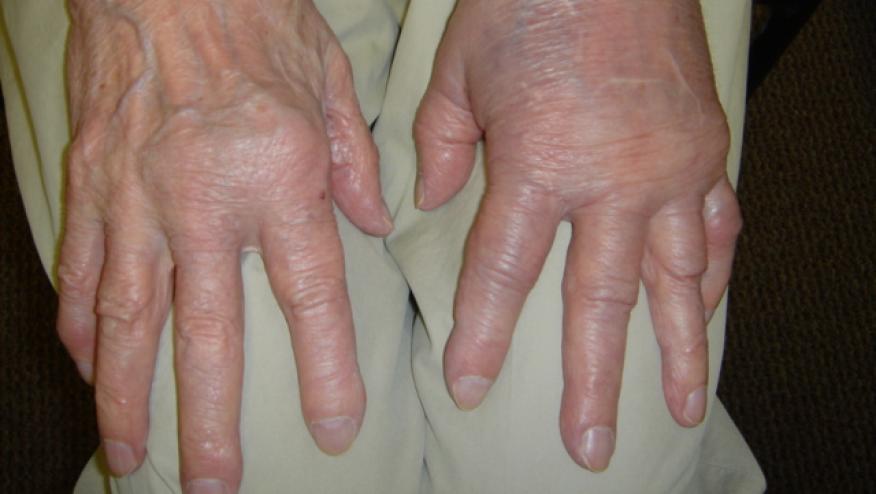Towards Personalised Care in Rheumatoid Arthritis Save

Since the millennium, we have seen an expansion in the number of advanced treatments both biologic and targeted synthetic disease modifying anti-rheumatic drugs (DMARDs) for rheumatoid arthritis (RA). This increases the availability of therapeutic agents for the management of rheumatoid arthritis. The challenge remains on how best to characterise the subtypes of RA in order to choose the best drug to ensure optimal outcome for patients.
Towards the aim of having a more personalised treatment plan, synovial biopsy has been used to characterise the subtypes of RA. The synovial tissue can be analysed using advanced immunologic and molecular studies to profile the characteristics of the cells in the synovium. This enables assessment of the histopathological features including synovial hyperplasia, inflammatory cell infiltrates, new vessel formation and presence of antigen-antibody complexes. This allows for synovial biopsy to be both a diagnostic and prognostic indicator in RA. As there are many different therapies in RA with different modes of actions, the cell pathotype in the synovium, such as lymphoid, myeloid and pauci-immune. Using molecular analysis techniques, the presence of B cell gene signatures, can predict response to treatments. In patients with low B cell gene signatures respond less well to anti-B cell therapy such as Rituximab.
At ACR23, abstract 0408 by Wu et al, show that a large infiltration of lymphoplasmacytic cells in the synovial membrane is a negtive predictor for response of adalimumab in RA. Synovial membrane inflammatory scores (GSS) may be a useful tool for assessing disease activity in RA patients and may help identify patients who need more aggressive treatment even if they achieve clinical remission with DAS 28. This approach using synovial biopsy supports the treatment to target approach (T2T) in RA in a precise and personalised way.
The techniques for obtaining synovium have improved with the use of minimally-invasive ultrasound guided needle biopsy. Ultrasound guided synovial biopsy (UGSB) is a minimally invasive, safe and effective tool to obtain synovium for clinical and research purposes. A study presented at ACR23, abstract 2066 from Horowitz showed learners in the UGSB courses report a positive learning self-efficacy scale (L-SES) showing that these techniques can be taught and learned for its wider use and dissemination.
Synovial biopsy also aids in the monitoring of treatment response as with the use of minimally-invasive UGSB, serial synovial biopsies provide a dynamic assessment of disease progression, helping with choices of therapeutic targets and optimising the clinical outcome. This has now emerged as a valuable technique in characterising and treating RA, offering a personalised approach to therapeutic choices based on individual disease characteristics. Here we can take a leaf from the oncologists and learn from their practice of doing biopsies from tumours and cancer cells in order to determine the treatment. We continue to improve and change the paradigm of care when we collaborate and learn from each other.









If you are a health practitioner, you may Login/Register to comment.
Due to the nature of these comment forums, only health practitioners are allowed to comment at this time.